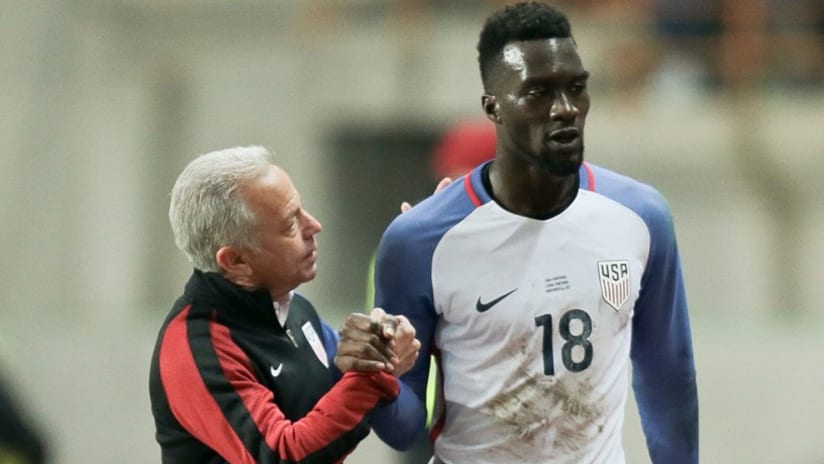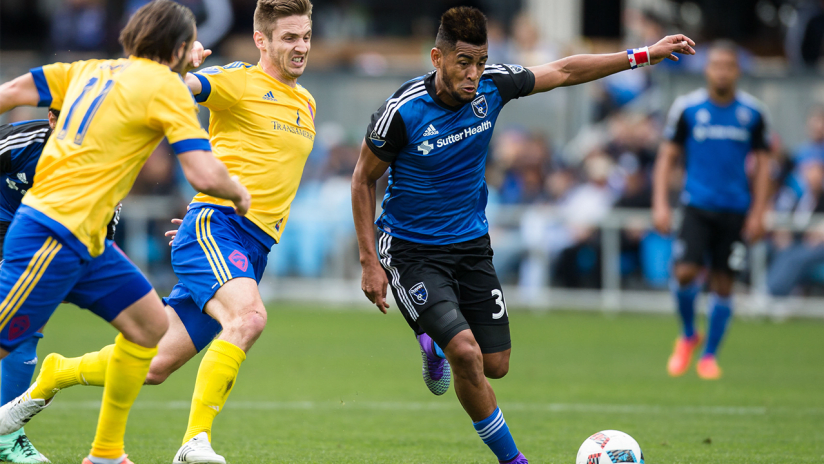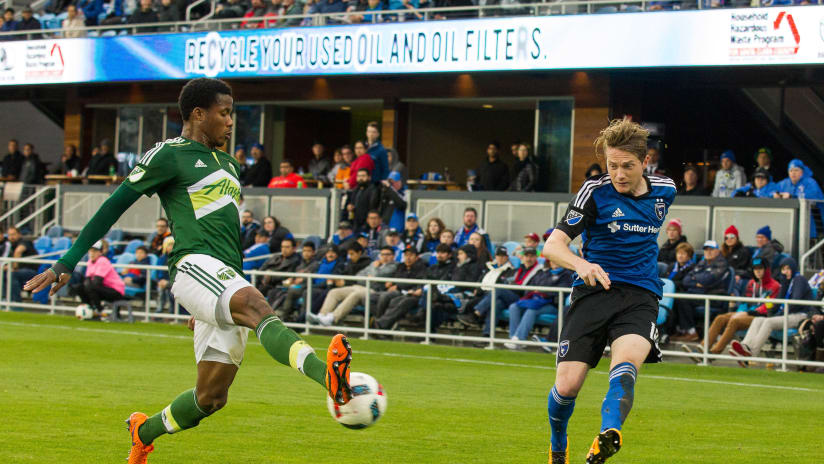Major League Soccer that we all know and love has undoubtedly evolved from its humble beginnings in 1996. A league set out to gain popularity in the American sporting landscape; rules, regulations and head-turning attire were implemented in hopes of distinguishing themselves from the rest of the major leagues. Twenty years removed from the league’s 1996 inaugural match, we take a closer look at how MLS games have changed over the years.
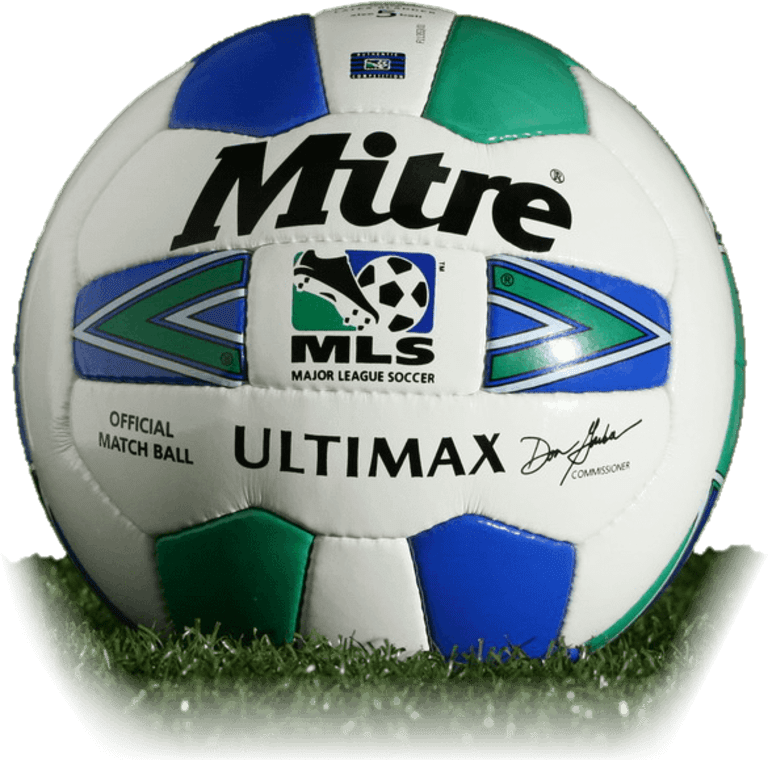
The Evolution of the Game Ball
Then: The official Mitre Major League Soccer Game ball for the 1996 season had a circumference of 27-28 inches and a weight of 14-16 oz. The ball was colored blue and green to compliment the league’s official logo.
Now: Twenty years later, NATIVO, the league’s brand-new match ball, boasts “a unique symmetry of six identical panels alongside a textured surface.” NATIVO is decorated with the flags of the league’s two home countries, the United States and Canada.
Twice as many teams
Then: The league was comprised of 10 teams, all in the continental United States.
Now: MLS has expanded to 20 teams, including three in Canada, with plans to add four more by 2020.
Field Expansion
Then: The MLS field dimensions have experienced changes in its 20-year existence. In 1996, the pitch was required to be a minimum of 50 yards wide by 100 yards long.
Now: In present day MLS, the playing field has to be a minimum 70 yards wide by 110 yards long.
The Regular Season
Then: The season was 32 games long, with clubs playing opponents three or four times during the year.
Now: The league stretched its season into 34 games, with two or three regular season contests against in-conference opponents and once against non-conference adversaries.
The Countdown Clock
Then: Each half, the clock ran down from 45 minutes, while being paused during dead-ball situations. As soon as the clock reached 0:00, play was immediately stopped.
Now: The clock counts up from 0 to 45 in the first half and 45 to 90 in the second half, with no pauses or stops. Stoppage time is added at the end of each half to make up for breaks in play, at the referees discretion.
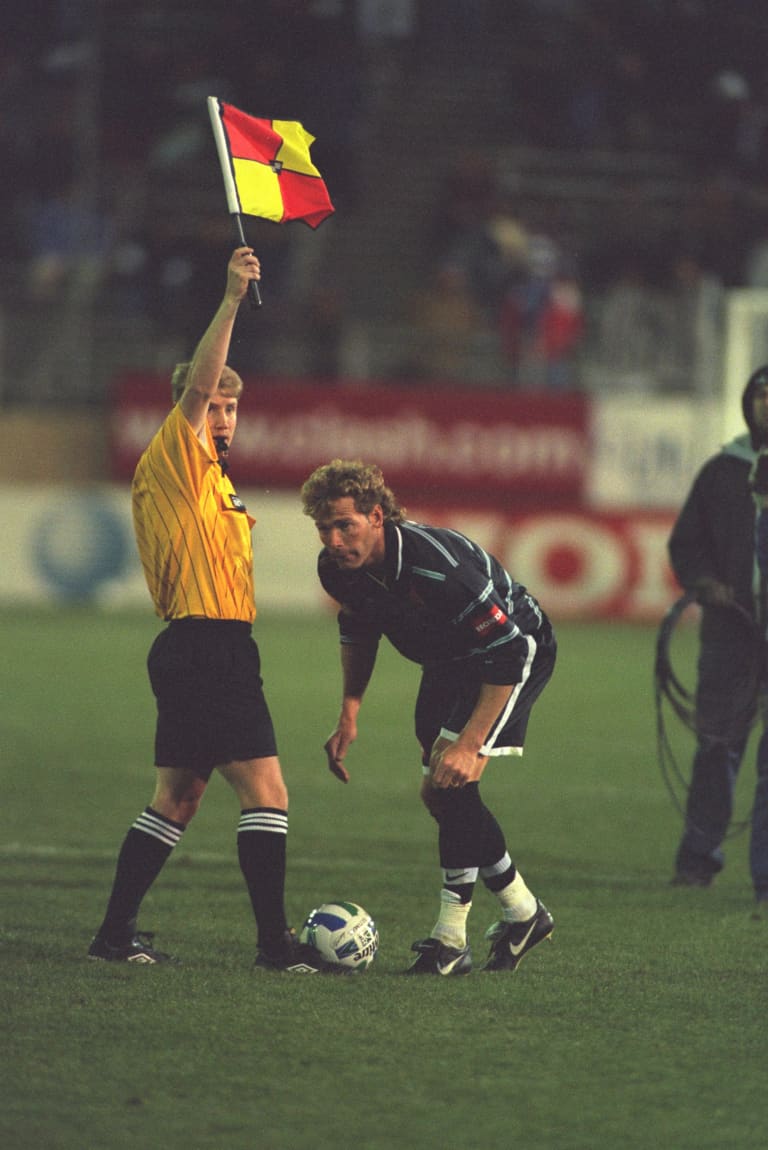
The Shootout
Then: Ties were not possible. If the teams were level at the end of regulation, players were placed 35 yards from goal with five seconds to put the ball past the opposing goalkeeper in a best-of-five series. A shootout win resulted in one point, as opposed to three points for a win in regulation.
Now: Teams level at the end of regulation are each awarded one point.
Soccer Specific Stadiums
Then: None of the 10 teams played in soccer-specific stadiums, typically renting out NFL or college football stadiums.
Now: Currently 14 of the 20 teams in MLS have soccer-specific stadiums, with plans to build more in the near future.
The Jerseys
Then: We’ll tell you one thing - jerseys in the 1996 Inaugural Season were undoubtedly flamboyant in comparison to the present day MLS kits.
Donning the club’s name proudly across their chests, teams like the Kansas City Wiz gave us rainbow jerseys to admire, while the San Jose Clash’s baggy, chartreuse tops were truly one of a kind.
Now: Jersey colors and patterns have toned down a bit, as clubs have turned to simpler, cleaner and ultimately more attractive threads to sport on the pitch.
Goalkeeper Starting XI Poses
Then: During the 1996 inaugural MLS season, goalkeepers had a tendency to cross their arms over their chest and rest their hands on their shoulders for starting XI photos.
Why do you ask? We wish we could tell you!
While the crossed-arm pose remains a mystery to us all, modern day goalkeepers, such as David Bingham, lock arms with their fellow teammates as they await their customary pregame photo.
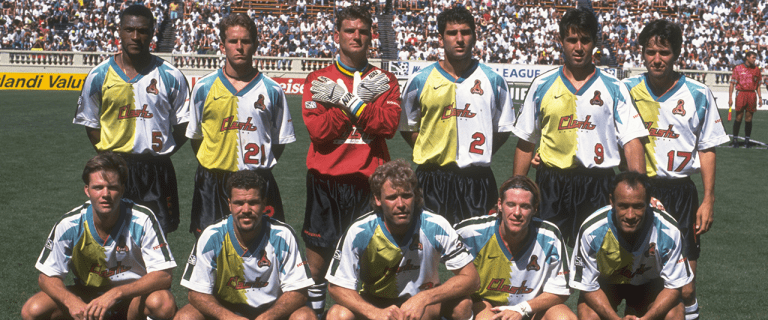
Roster Sizes
Then: Final rosters had to be trimmed to 18 players.
Now: Each club is comprised of 28 players.
Salary Cap
Then: No player was allowed to make more than $192,500.
Now: In 2015, 22 players secured more than $1 million in guaranteed compensation, per the MLS Players Union.
League Attendance
Then: The average attendance at a Major League Soccer match was 17,406.
Now: Average attendance figures grew to 21,574 during the 2015 season.
The Evolution of the MLS Cup Trophy
Then: The 1996 MLS Cup champion D.C. United were awarded the Alan I. Rothenberg Trophy, the first-ever MLS Cup named after the former president of U.S. Soccer. This dark gold piece of hardware had two firm handles on each side of an MLS-branded soccer ball.
Now: Today, MLS Cup champions are presented with the Philip F. Anschutz trophy, named after the co-founder of the league.


